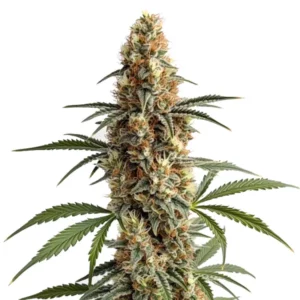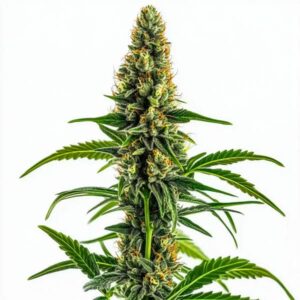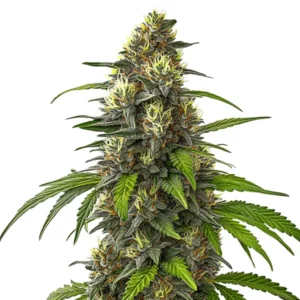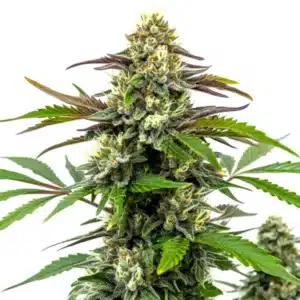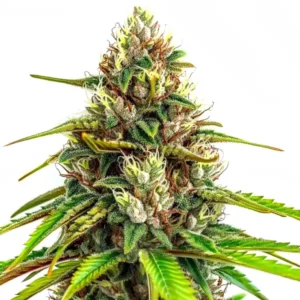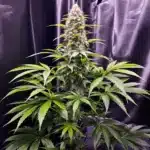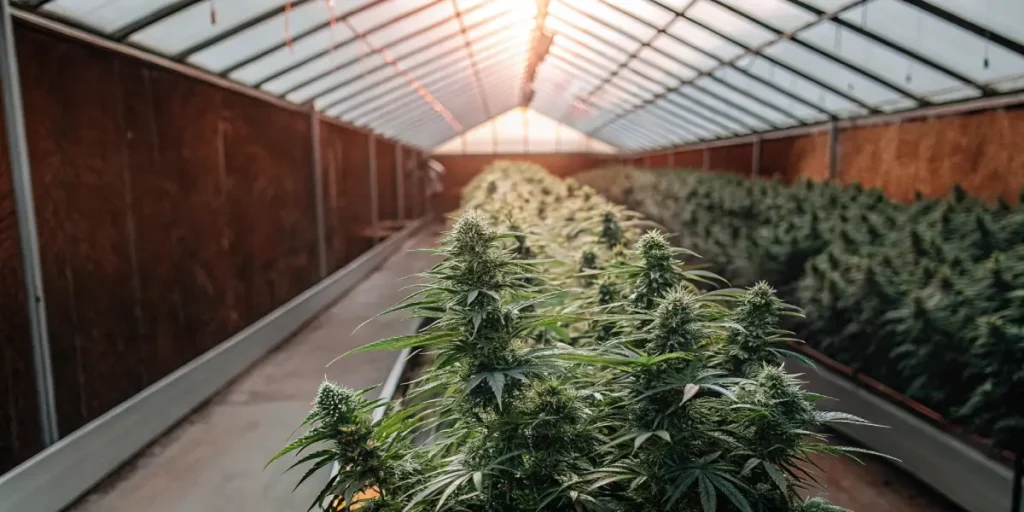
More Than a Seed: How to Build a Truly Stress-Resistant Cannabis Plant
You see the label on the seed packet: “Stress-Resistant.” It sounds like a magic bullet, doesn’t it? A plant that will just power through your mistakes and whatever wild weather comes its way.
And while great genetics are a MASSIVE advantage, let me tell you a secret from one grower to another: there is no such thing as an invincible plant. True resilience isn’t something you just buy in a seed. It’s a partnership between the plant’s DNA and your skill as a grower.
Recommended Strains
Mamba Negra
|
|
THC | 18% (Medium) |
|
|
Type | Feminized |
|
|
Yield | High |
|
|
Phenotype | 55% Indica / 45% Sativa |
Mamba Negra CBD
|
|
CBD | 10% – 20% (Medium) |
|
|
Type | CBD Feminized |
|
|
Yield | High |
|
|
Phenotype | 70% Indica / 30% Sativa |
Let’s talk about how to build a truly unstoppable plant, from seed to harvest.
Part 1: Choosing Your Fighter (The Genetics)
This is where it all starts. But instead of just picking a strain name, think about the type of stress your plant is most likely to face. This will help you choose the right type of genetics.
Here’s a simple rule of thumb that will serve you well:
- If your main enemies are heat, drought, and mold, you should lean towards Sativa-dominant strains. Their genetics evolved in hot, humid equatorial regions. Their typically airy bud structure and lanky frame are natural defenses against mold and heat.
- If your main enemy is unpredictable weather, wild temperature swings, sudden cold snaps, and general chaos, you’ll want the legendary toughness of an Indica-dominant strain. These plants evolved in harsh mountain regions and are genetically built like tanks to withstand climatological punishment. They are also often massive producers.
Once you know the type of fighter you need, you can pick a champion strain like the famously tough Mamba Negra (Indica) or other resilient hybrids.
Promos & Deals
Part 2: Forging the Armor (Your Skill)
Okay, you’ve chosen your genetic champion. Now, you have to give it the tools to build its armor. A plant can’t fight off stress if it’s starving or living in a dirty home. True resilience is built on a foundation of perfect fundamentals.
1. The Diet of a Champion: pH and EC
A stressed plant is often just a hungry plant. You MUST master its diet. And that means mastering two numbers. Go online right now and buy a cheap digital pH and EC meter. There is no excuse not to own them.
- pH: The gatekeeper. For soil, your watering pH must be a stable 6.0 (measured after adding nutrients). If it’s wrong, your plant can’t eat. Simple as that.
- EC: The portion size. This measures the amount of “food” in your water. Start your seedlings at a gentle 0.2 and never push much past 1.6 in full flower.
2. The Hygiene of a Champion: Clean Leaves
A plant that can’t breathe is a stressed plant. Pests love to lay their eggs on the underside of the leaves, which is also where the plant’s breathing pores are. A regular, gentle cleaning with a water spray keeps your plant healthy and evicts pests before they can become a problem.
When you pair great genetics like a Bruce Banner #3 with these great growing practices, you create a synergy. You Nurture its potential, and it will Thrive beyond your wildest dreams. That’s how you Cultivate a truly stress-proof Homegrown garden.
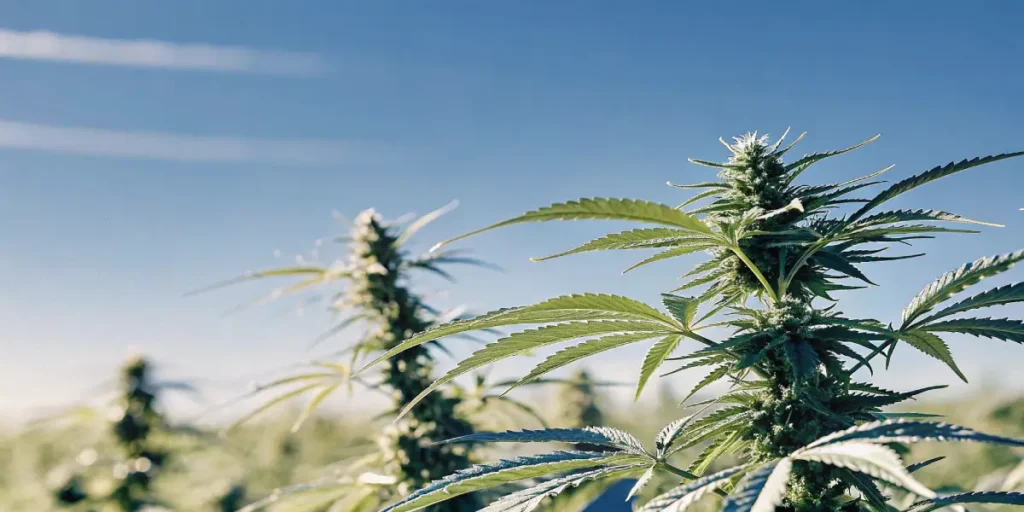
Frequently Asked Questions
Are stress-resistant seeds a “magic bullet” for new growers?
No. They are a massive advantage and a great safety net, but they are not magic. True stress resistance is a partnership. A genetically tough seed combined with poor growing practices (like incorrect pH) will still result in a stressed, unhealthy plant.
Which is better for stress: Sativa or Indica?
It depends on the type of stress. Sativas are generally better at handling heat, high humidity, drought, and resisting mold due to their airy bud structure. Indicas are generally tougher when it comes to handling wild temperature swings and unpredictable weather, as they evolved in harsh mountain climates.
What are the most important things I can do to make my plant more resilient?
Master the fundamentals of its diet. Buy a pH and an EC meter and use them every time you water. Keeping your plant perfectly fed with a stable pH of 6.0 (for soil) and the correct EC level will eliminate 90% of the internal stress a plant can experience.
What are pH and EC and why do they matter so much for stress?
pH determines if your plant can absorb nutrients. EC measures how much nutrients are in your water. If either of these is wrong, your plant is on a bad diet—either starving or being poisoned by too much food. And a plant on a bad diet has no energy to fight off any other stress, like heat, pests, or disease.


